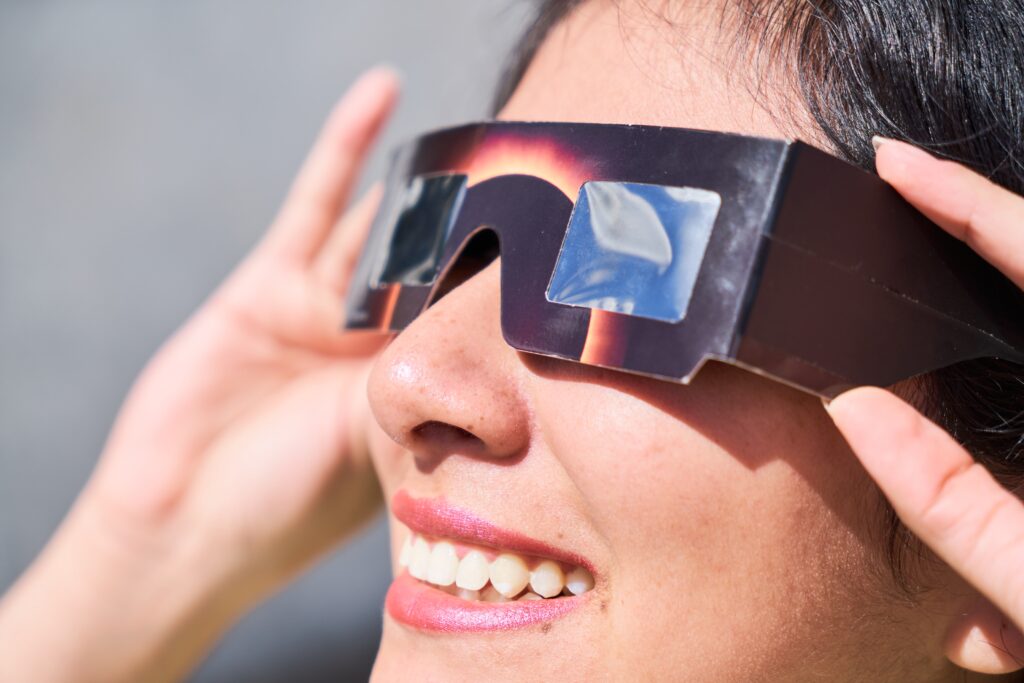[Post updated on April 10, 2024]
Well, this solar eclipse is in the books, and the next total one set to be visible from the contiguous United States won’t happen until Aug. 23, 2044.
To tide you over, here are a few social media posts showing how some local schools observed Monday’s spectacle.
***
OC in the moon’s shadow: A guide to the 2024 partial eclipse
If you haven’t already heard, a total solar eclipse will traverse North America on Monday, April 8, casting shadows across the United States, Mexico and Canada. This rare celestial event occurs when the moon blocks the sun, creating a temporary twilight across all Earthly areas in its path.
In Orange County, the phenomenon will be observed as a partial solar eclipse that will start at 10:15 a.m. local time and peak at 11:13 a.m., when the moon will cover 34 percent of the sun’s diameter. The cosmic dance will call it a wrap around 12:15.
Eclipse safety: A bright idea
Any talk of a solar eclipse usually begins with an admonition to avoid looking at the sun — and for good reason. Viewing an eclipse directly can be extremely harmful to our eyes. So here are a few safety tips to follow:

- Eclipse glasses are a must. Viewing the sun should only be done with special solar filters, or “eclipse glasses” that meet the ISO 12312-2 international standard. Regular sunglasses do not provide adequate protection.
- Use proper filters for devices. Cameras, binoculars and telescopes must have appropriate solar filters to prevent eye damage. Do not rely on improvised filters or substitutes.
- Consider indirect viewing. For a safe and fun experience, try using a pinhole projector. Simply make a small hole in a piece of cardstock and let the sunlight through onto a second piece of paper, safely observing the eclipse’s shadow without direct exposure to the sun.
Different plans, unified caution
Schools and districts in Orange County have varied plans for the upcoming eclipse. Some classes might dive into special activities and experiments to directly engage with this astronomical event, while other groups may opt to stay indoors. Some are planning to watch through live streams, like the one above.
Either way, expect school staff to be extra vigilant, ensuring that students enjoy the moment safely. Parents are also encouraged to go over safety measures with their children, particularly reinforcing the importance of eye protection.
Resources from NASA
A number of resources are available to enhance this educational moment, including safety guidelines, activities for different age groups and supplementary learning materials. Here are a few from NASA:
